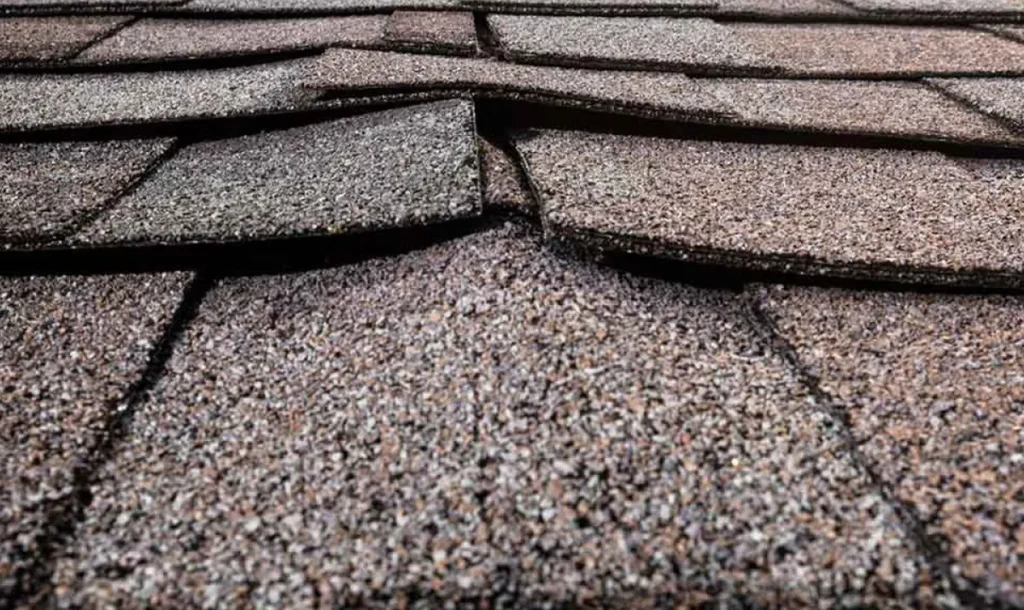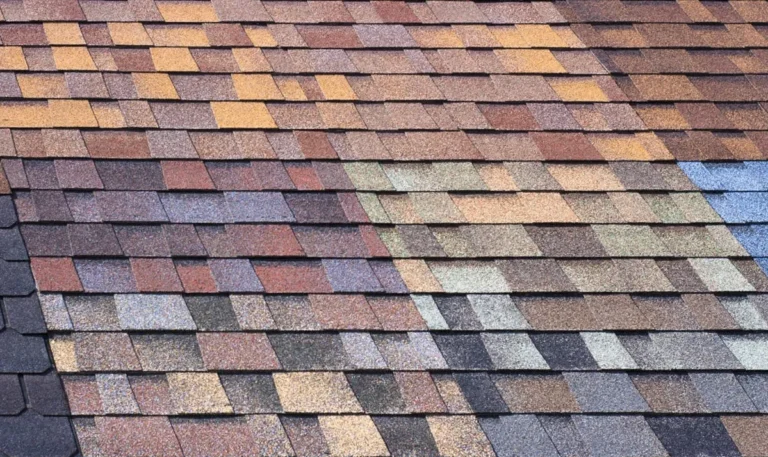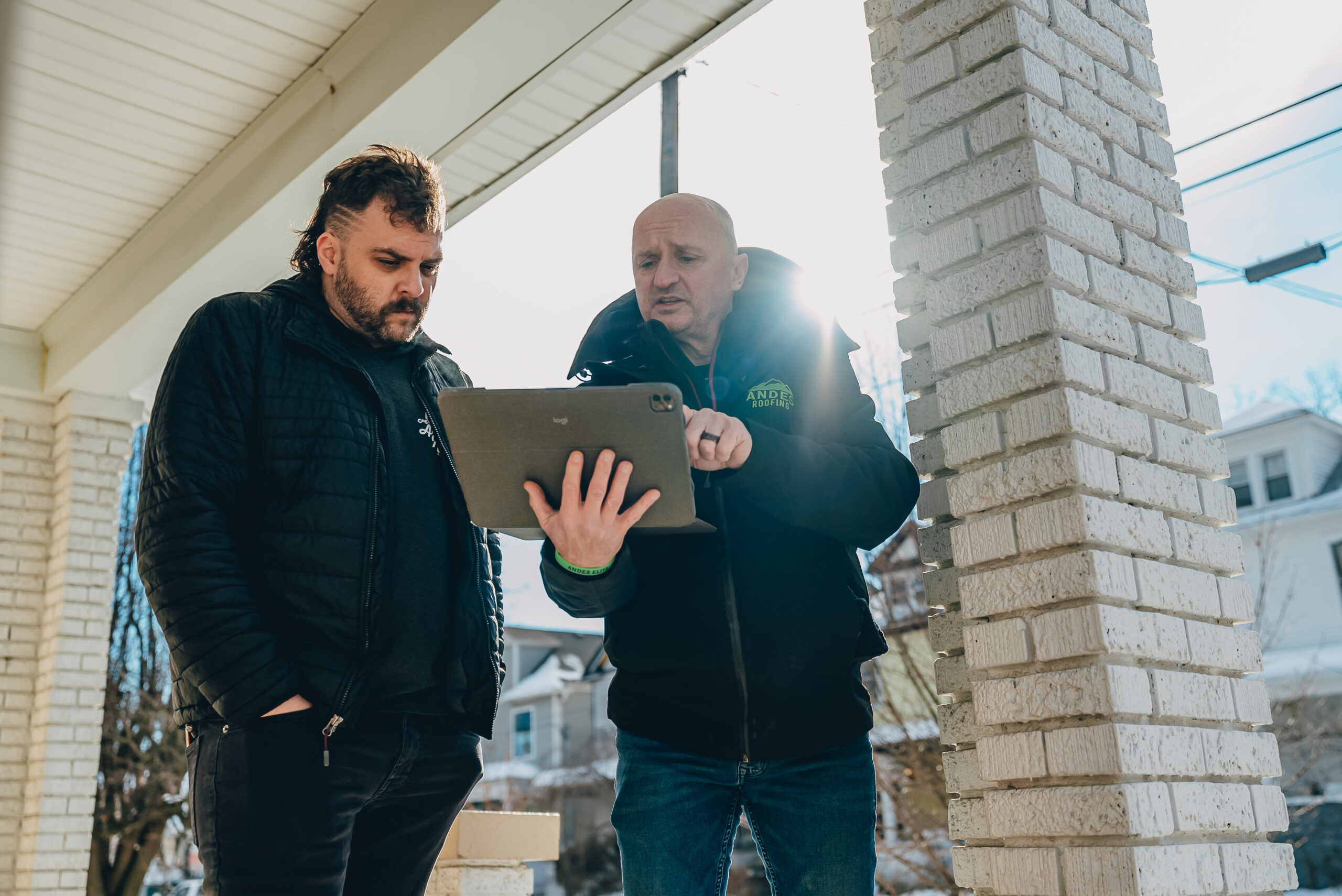Identifying Roof Blistering
Roof blistering is a prevalent issue that many homeowners face. It’s a complex problem that can deteriorate the overall integrity of the roof. At Andes Roofing, we believe understanding its causes, symptoms, and solutions is critical to maintaining a robust and resilient roofing system.

What Is Roof Blistering?
Roof blistering occurs when bubbles or blisters form on the surface of roofing materials. These blisters may contain air or water and usually manifest due to poor installation, subpar materials, or severe weather conditions.
Causes of Roof Blistering
1. Poor Ventilation: Lack of adequate ventilation can trap heat and moisture, leading to blister formation.
2. Improper Installation: Mistakes during installation, like wrong nailing or overlapping, can also cause roof blisters.
3. Low-Quality Materials: Using substandard roofing materials that cannot withstand heat or UV rays will eventually result in blistering.
4. Extreme Weather Conditions: Severe heat or cold weather can cause roofing materials to expand and contract, causing blisters to form.
Recognizing Symptoms of Roof Blistering
Understanding the symptoms of roof blistering is essential for early detection and prevention. As Louisville roofing experts, we recommend looking for the following signs:
- Raised Areas on Shingles: These appear like small bubbles or blisters on the shingles.
- Cracking or Splitting: In advanced stages, blisters may crack, exposing the underlying material.
- General Appearance: The roof looks aged or worn even if it’s relatively new.
Solutions for Roof Blistering
1. Regular Inspection and Maintenance
Frequent checks and maintenance by professionals, such as Andes Roofing, can help detect and solve the problem early.
2. Proper Ventilation
Ensuring proper ventilation keeps the roof cool and minimizes the risk of blistering.
3. Quality Installation
Choosing skilled professionals, like a Louisville roofing company for installation, guarantees proper methods are employed, minimizing the risk of blisters forming.
4. Using Quality Materials
Investing in high-grade roofing materials ensures resilience against harsh weather conditions and prevents blistering.
Conclusion
Roof blistering is a manageable issue if the right practices are followed. From understanding the causes to implementing the solutions, recognizing roof blistering early can save significant costs and maintain the structural integrity of your roof. Emphasize regular inspections, quality installation, and using premium materials to keep your roof in optimal condition.






